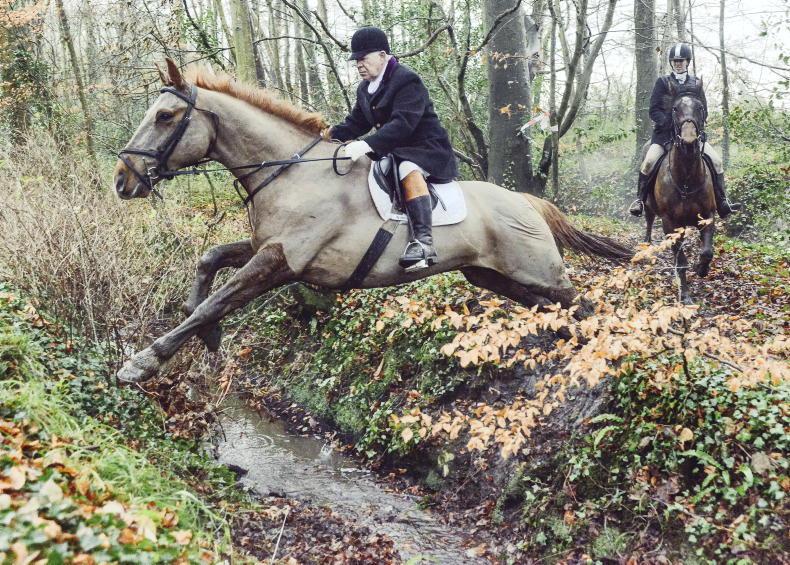Fittening a horse is the process of ensuring that he is capable of undertaking the work required of him. Every horse will need a slightly different fittening plan. However, there are certain factors that must be taken into consideration when planning any fittening programme.
These include:
• How long he has been out of work for
• Has he been fit before
• His age and breed
• The time of year
Before you set about getting your horse fit you should consider the following:
1: Why was your horse off work? If your horse was off work due to injury he may need to be reassessed by a verterinarian before returning to work.
2: If your horse has been out of work for more than a couple of weeks, it might be a good idea to harden up the skin, where the tack sits, with surgical spirits to help prevent galls. Soft skin is much more prone to rubs and sores. It may be useful to use a sheepskin sleeves to help prevent galls when initially starting your horse back into work as the horse’s skin could have become soft from lack of work.
3: Does the tack still fit the horse? If the horse is over-weight or under-muscled your horse's tack may need adjustment, namely the saddle and girth. (Read more on the harmful effects of an ill-fitting saddle here.)
4: Has the stable been prepared? The stable should be cleaned and well ventilated. Bringing a horse back into a dusty environment can lead to coughs and colds.
5: Does he need shoeing? Usually, when a horse is out of work the farrier will remove the shoes to allow his feet to have a break. When your horse is returning to work it is important that the condition of his feet are checked by a qualified farrier and shoes are replaced if necessary.
6: Does your horse need a dental check up? Horses teeth should be checked regularly (usually every six months) by a veterinarian/ equine dental technician.
7: Is your horse due to be wormed? Best practice always starts with prevention. Your horse should have a faecel egg sample taken and should be treated accordingly.
8: Are your horse’s vaccinations up-to-date? Horses require two primary injections, which must have been given not less than 21 days and not more than 92 days apart. A third injection should follow not less than five months (150 days) and no more than seven months (215 days) after the second injection. Thereafter booster injections must be administered at intervals of not more than one year apart. This must be properly documented on your horse’s passport. For more information click here.
9: Does your horse need to be clipped? When a horse returns to work he may require a general tidy up which ususally invloves pulling his mane and tail and giving him a good groom. As your horse's work level increases you may need to consider clipping. (For more on clipping, click here.)
10: Does your horse require any dietary changes? If your horse is grass-kept, ideally you should take him off grass for an hour prior to riding. Again, as your horse's workload increases your horse's diet will need to be reassessed and concentrates may be required to ensure your horse has enough energy. (Read more on the golden rules of feeding here.)
REMEMBER!
Every horse will be slightly different when it comes to planning a fitness regime. Fitness should be worked on gradually over a period of six to eight weeks to enable the horse's body to adjust to the changes in level of exercise. Don't take short cuts, give your hrose plently of time to adjust and progress through the fittening programme. Sudden increases in work can result in injury.


 This is a subscriber-only article
This is a subscriber-only article
 It looks like you're browsing in private mode
It looks like you're browsing in private mode












SHARING OPTIONS: